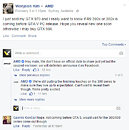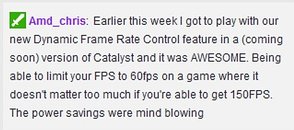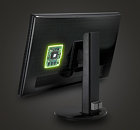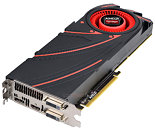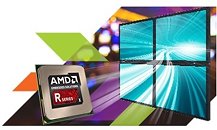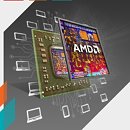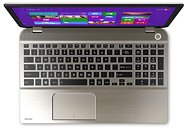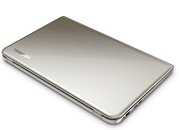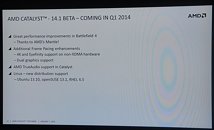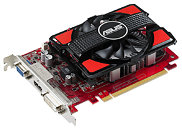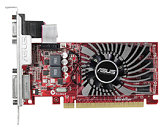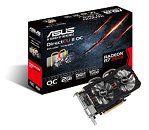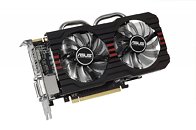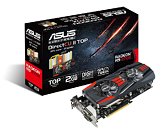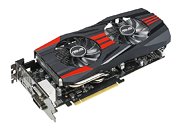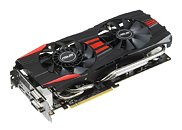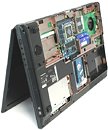NVIDIA's G-SYNC technology is rivaled by AMD's project Freesync, which is based on a technology standardized by the video electronics standards association (VESA), under Adaptive Sync. The technology lets GPUs and monitors keep display refresh rates in sync with GPU frame-rates, so the resulting output appears fluid. VESA's technology does not require special hardware inside standards-compliant monitors, and is royalty-free, unlike NVIDIA G-SYNC, which is based on specialized hardware, which display makers have to source from NVIDIA, which makes it a sort of a royalty.
When asked by Chinese publication Expreview on whether NVIDIA GPUs will support VESA adaptive-sync, the company mentioned that NVIDIA wants to focus on G-SYNC. A case in point is the display connector loadout of the recently launched GeForce GTX 980 and GTX 970. According to specifications listed on NVIDIA's website, the two feature DisplayPort 1.2 connectors, and not DisplayPort 1.2
a, a requirement of VESA's new technology. AMD's year-old Radeon R9 and R7 GPUs, on the other hand, support DisplayPort 1.2a, casting a suspicion on NVIDIA's choice of connectors. Interestingly, the GTX 980 and GTX 970 feature HDMI 2.0, so it's not like NVIDIA is slow at catching up with new standards. Did NVIDIA leave out DisplayPort 1.2a in a deliberate attempt to check Adaptive Sync?

